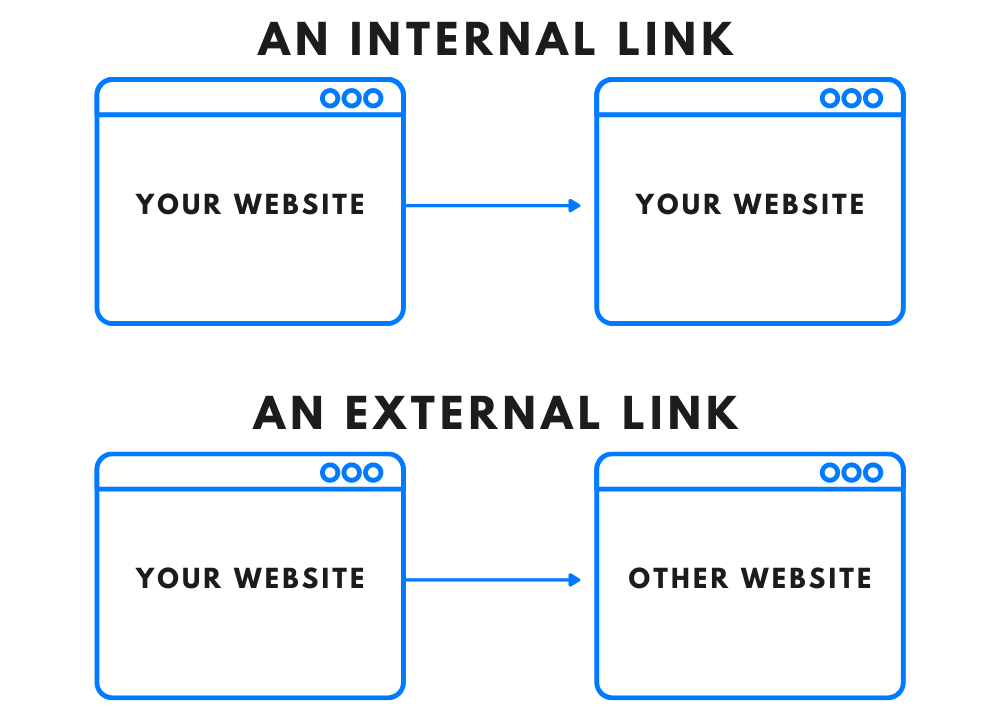Google’s Top Ranking Factors: Rank Your Website At The Top
Navigating the world of SEO can feel like trying to solve a puzzle with ever-changing pieces. However, some pieces of this puzzle remain constant. By focusing on Google’s top ranking factors, you can optimize your website to perform better in search results. Here’s a simplified guide to understanding and leveraging these factors in 2024.
Content Quality: The Heart of SEO
Think of your website as a book in a vast library. For Google—the world’s most sophisticated librarian—to recommend your book, it must be informative, engaging, and relevant. High-quality content answers questions, solves problems, and provides value in a way that’s accessible to your readers. Use clear headings, concise language, and ensure your content directly addresses the needs of your audience.
Keyword Relevance and Usage
Keywords are like signposts that guide Google to your site. They should reflect the language and queries of your target audience. Use tools like Google Keyword Planner to discover what your audience is searching for, then incorporate those terms naturally into your content. Remember, stuffing your text with too many keywords can backfire, making your content hard to read and potentially hurting your rankings.
Mobile Usability: Catering to the On-the-Go User
In a world where smartphones are ubiquitous, your site must perform flawlessly on mobile devices. This means fast loading times, readable text without zooming, and easily clickable links. A mobile-friendly site not only ranks better but provides a better experience for your visitors, increasing the likelihood they’ll stick around.

Page Speed: The Need for Speed
Users are impatient. If your site takes longer than a few seconds to load, visitors are likely to leave. Google knows this and favors sites that load quickly. Optimize your images, leverage browser caching, and minimize CSS and JavaScript to increase your site’s speed. This not only improves your rankings but enhances user experience.
Secure and Accessible Websites: Building Trust and Visibility
Google favors sites that are secure (HTTPS) and easy for its crawlers to understand. An SSL certificate encrypts data between your site and its visitors, protecting sensitive information. Additionally, a clear site structure with a well-defined sitemap allows Google’s bots to easily index your content, making it more visible in search results.
User Experience and Behavioral Signals: The User Comes First
Google uses signals like click-through rate (CTR), bounce rate, and time spent on the site to gauge content relevance and quality. An intuitive layout, engaging content, and a clear call to action (CTA) can improve these metrics, signaling to Google that your site is valuable to users, thus improving your rankings.
Internal and External Links: Weaving the Web of Connections
Links within your site (internal links) help Google understand the structure and hierarchy of your content, making it easier to index. Meanwhile, links from other reputable sites (backlinks) serve as endorsements, boosting your site’s credibility and rank. Focus on creating valuable content that others want to link to, and use internal links wisely to guide users and search engines through your site.

Social Signals: The Indirect Impact
While not a direct ranking factor, social signals (likes, shares, comments) can increase your content’s reach and drive traffic to your site. An active social media presence also helps build brand awareness and loyalty, which can indirectly influence your search rankings by increasing the likelihood of backlinks and user engagement.
Technical SEO: The Framework of Your Site
The technical aspects of your site, like structured data, clean URLs, and the correct use of tags, play a critical role in how search engines understand and rank your content. These elements help search engines crawl your site more effectively and can enhance the user experience, both of which are crucial for SEO success.
Continuous Content Update and Freshness: Keeping Your Site Alive
Google appreciates fresh, updated content. Regularly updating your site with new information and revisiting older posts to keep them current can signal to Google that your site is a relevant, active source of information. This doesn’t mean you need to churn out content daily, but a consistent schedule can improve your site’s attractiveness to both users and search engines.
Conclusion: The SEO Journey
Optimizing for Google’s top ranking factors isn’t about quick fixes or gaming the system. It’s a long-term strategy that focuses on making your site as user-friendly, informative, and accessible as possible. By concentrating on the quality of your content, the mobile experience, site speed, security, user engagement, linking strategies, social presence, technical SEO, and content freshness, you set the foundation for a successful online presence.
Remember, SEO is an ongoing journey, not a destination. The digital landscape is always changing, and staying informed about the latest trends and algorithm updates is key to staying ahead. By focusing on these fundamental aspects of SEO, you can improve your website’s ranking



